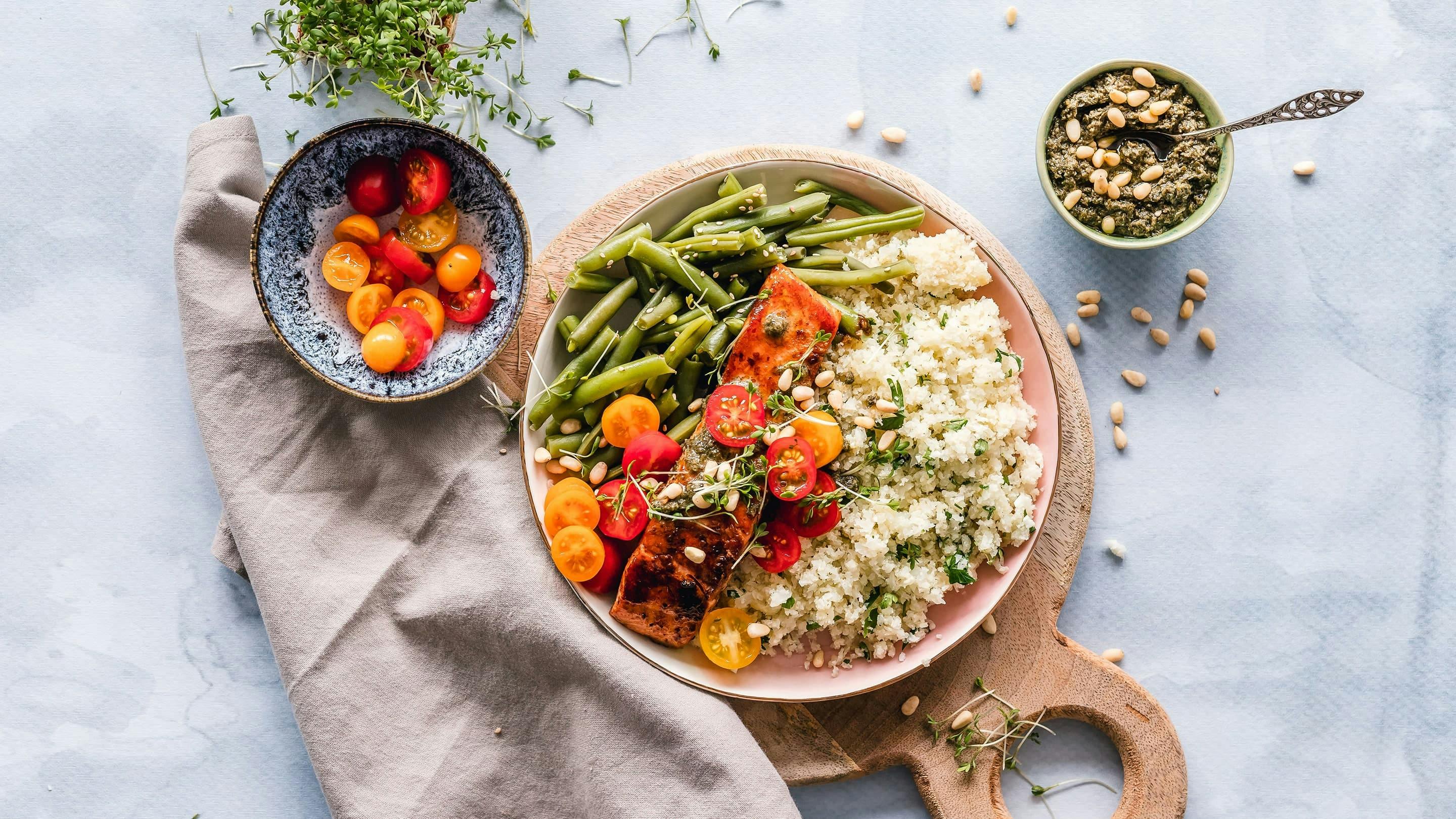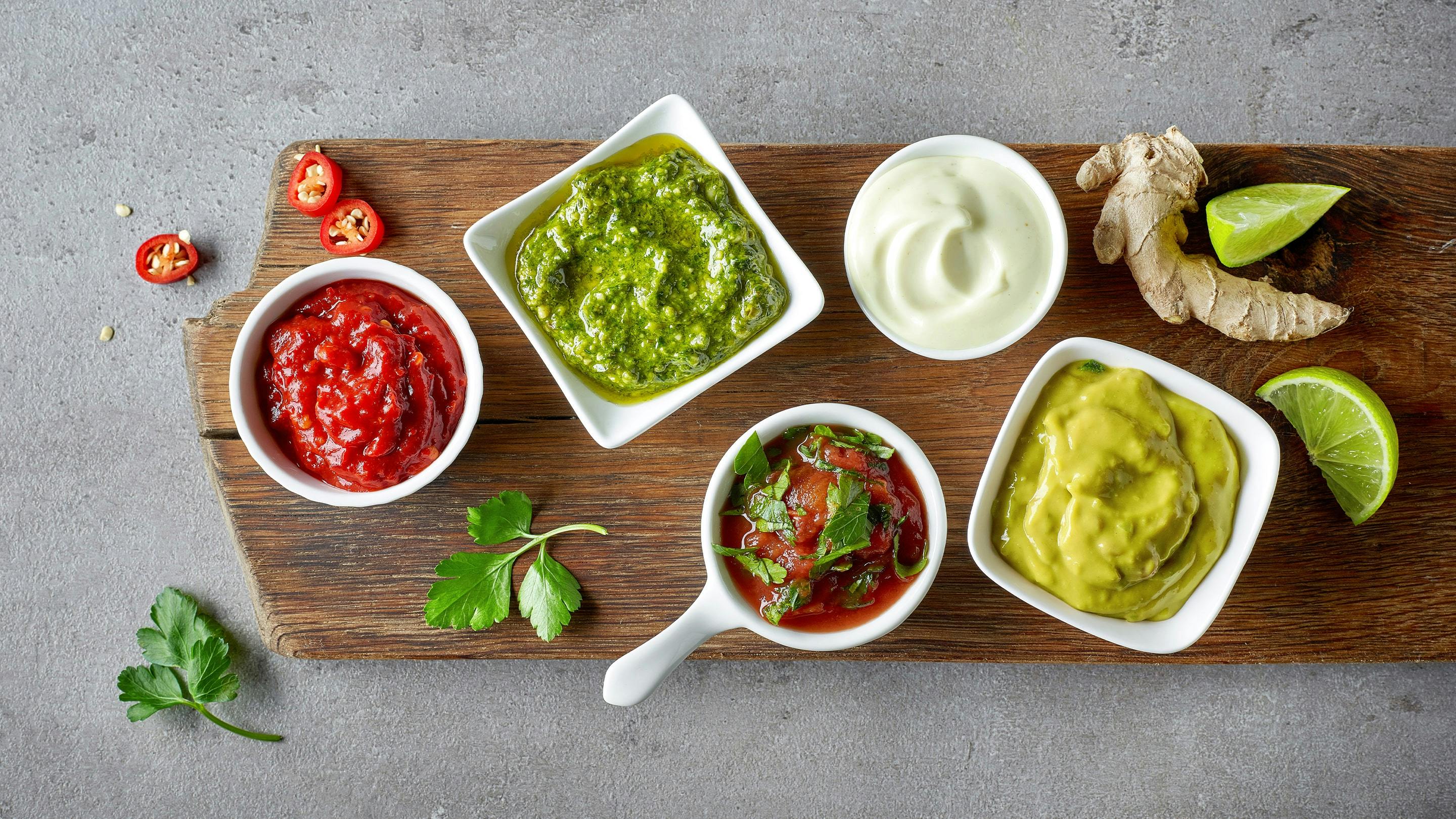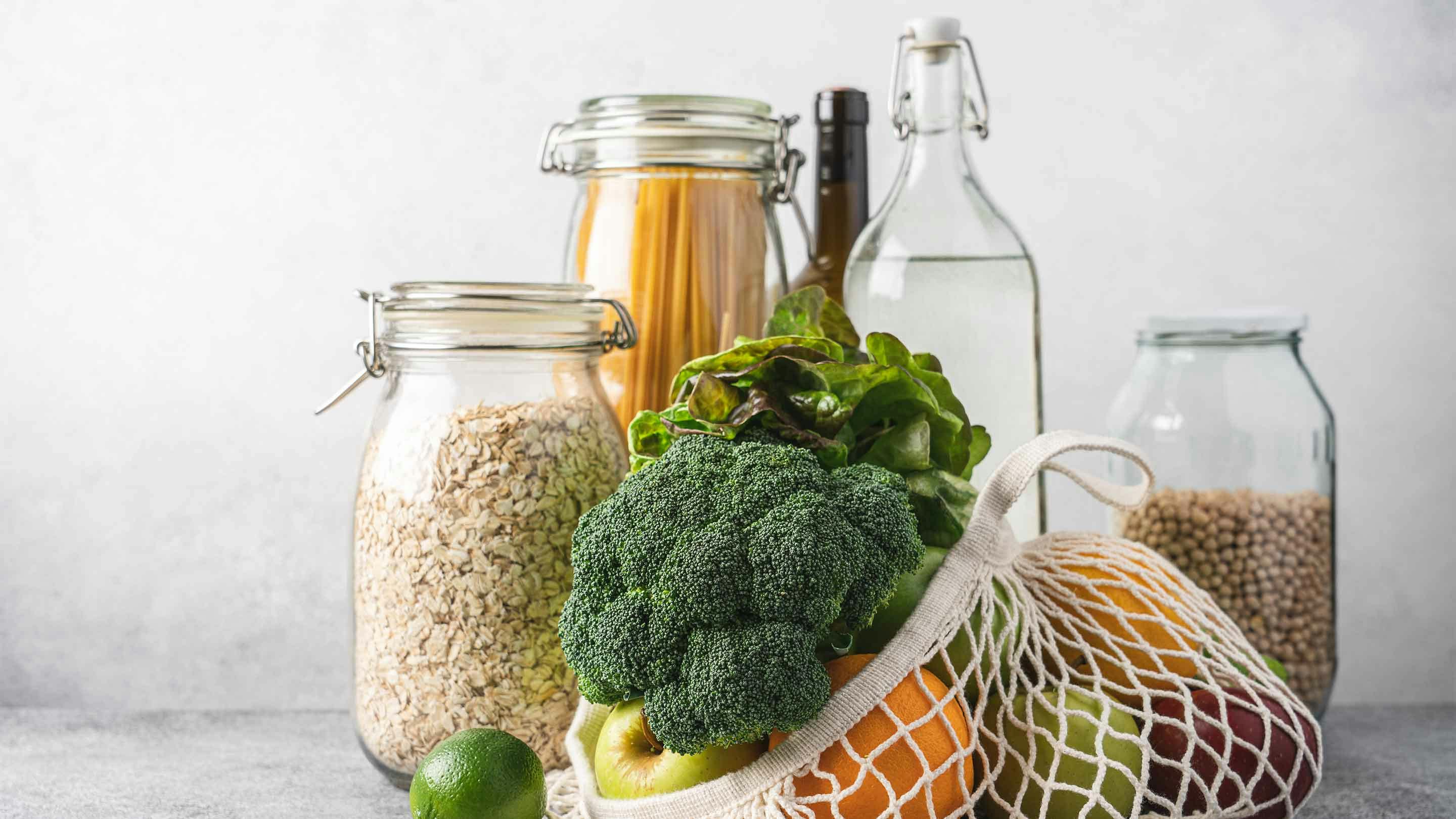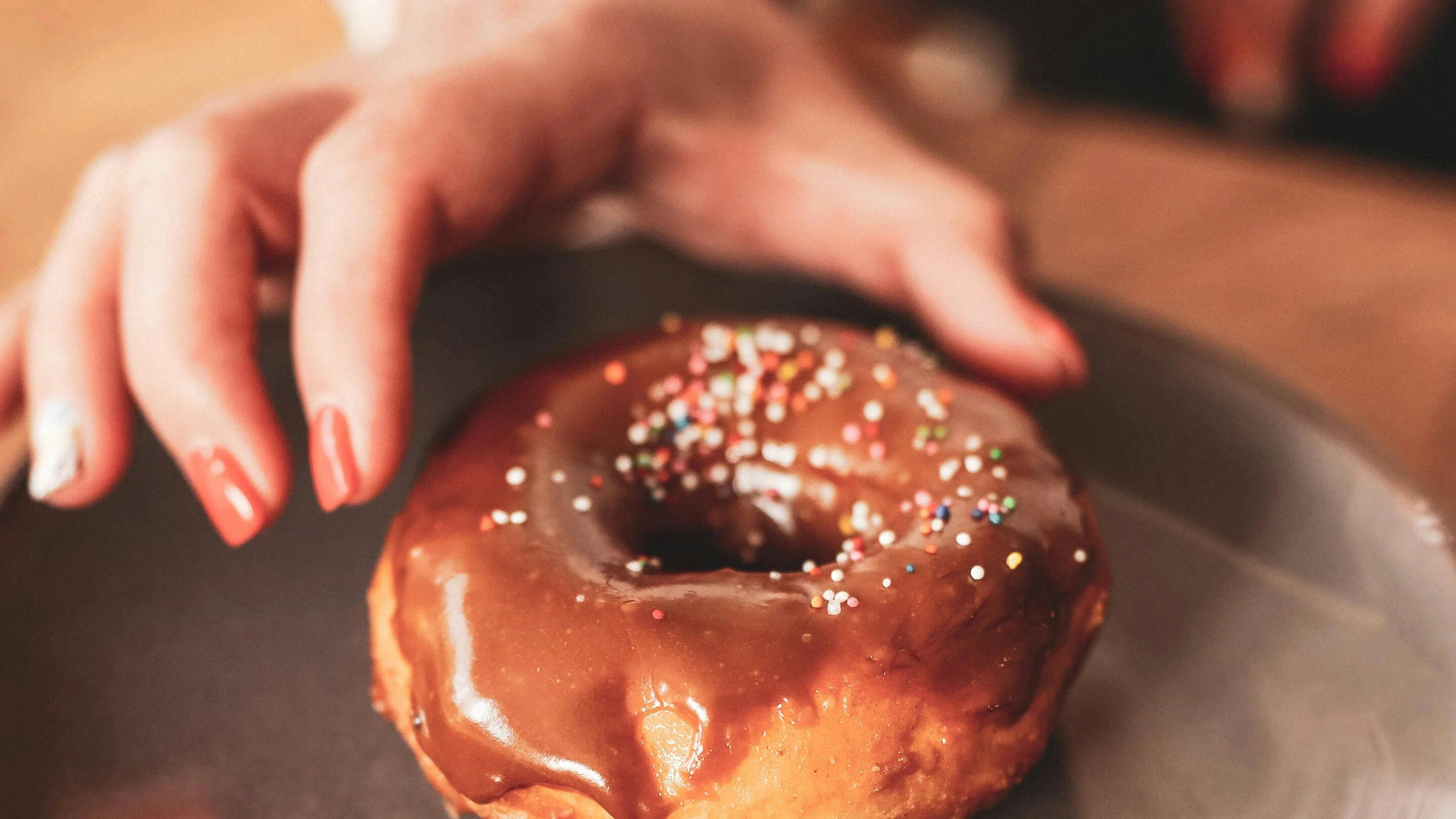Our topic today should not be lumped together with conventional diets, but rather represents a permanent change in diet. As you have probably already heard in many places, intermittent fasting is a method that can be easily integrated into your individual everyday life in order to find balance and a stable body weight long term.
In contrast to other forms of fasting, intermittent fasting can actually be practised in the long term: you don’t have to torture yourself with long periods of food abstinence, which can only be maintained for short periods of time. There is more to the sounding name “intermittent fasting” or “intermittent fasting” than initially meets the eye. Before you get started, however, you need to be more aware of what goal you are pursuing, who is intermittent fasting suitable for and exactly how it works.

This is how intermediate fasting works
The aim of intermittent fasting is to break our constantly elevated blood sugar levels, which results from small snacks and high-sugar drinks in between. Intermittent fasting is best done with time intervals in which nothing is eaten, but only a sugar- and calorie-free drink. During these phases, our body has the opportunity to lower blood sugar levels. The hormone insulin no longer has to be constantly released and lipolysis, i.e. fat burning, can begin.
With a wide variety of methods, such as 16:8 or 10:14, this happens in precisely defined periods of time. You choose the method depending on what your individual personal everyday life looks like, i.e. when you wake up, go to bed, etc. If you select, for example, 16 hours in which you fast, this means that you can eat healthy, balanced meals in the remaining 8 hours, usually two main meals and a small snack. Sugar-free drinks, on the other hand, are permitted at any time of the day or night and do not have to be consumed exclusively during these 8 hours.

Sports and intermittent fasting
Who still believes that they struggle through the fasting phases without energy or listlessness will quickly be proven wrong, because sports and exercise are also easily possible in combination with intermittent fasting. Intermittent fasting makes you feel lighter, more energetic and more motivated to exercise. Exercise is also a great way to find balance on those days when you haven’t stuck to intervals. These days are an important part of life and shouldn’t be missed.
Pros and cons of intermittent fasting
The advantages of intermittent fasting are quickly explained. First and foremost is the so-called “autophagy”. This term comes from Greek and stands for the self-cleaning effect in our cells, which is stimulated by longer periods of fasting. Harmful substances are removed better and the body’s own regeneration is supported. According to the DGE (German Society for Nutrition), regular food avoidance and longer meal breaks reduce the risk of chronic diseases such as type 2 diabetes and cardiovascular diseases.
Furthermore, sugar and fat metabolism are improved, and fat burning is promoted. That’s why intermittent fasting shouldn’t be compared with conventional diets or even lump them together. This method also eliminates the unpopular “yo-yo effect”. Rather than a diet, intermittent fasting is a change in diet that can be carried out throughout your life. So far, it can be concluded from the results of human studies that intermittent fasting has a long-term positive effect on body fat loss and, compared to other diets, also a positive effect on maintaining muscle mass.
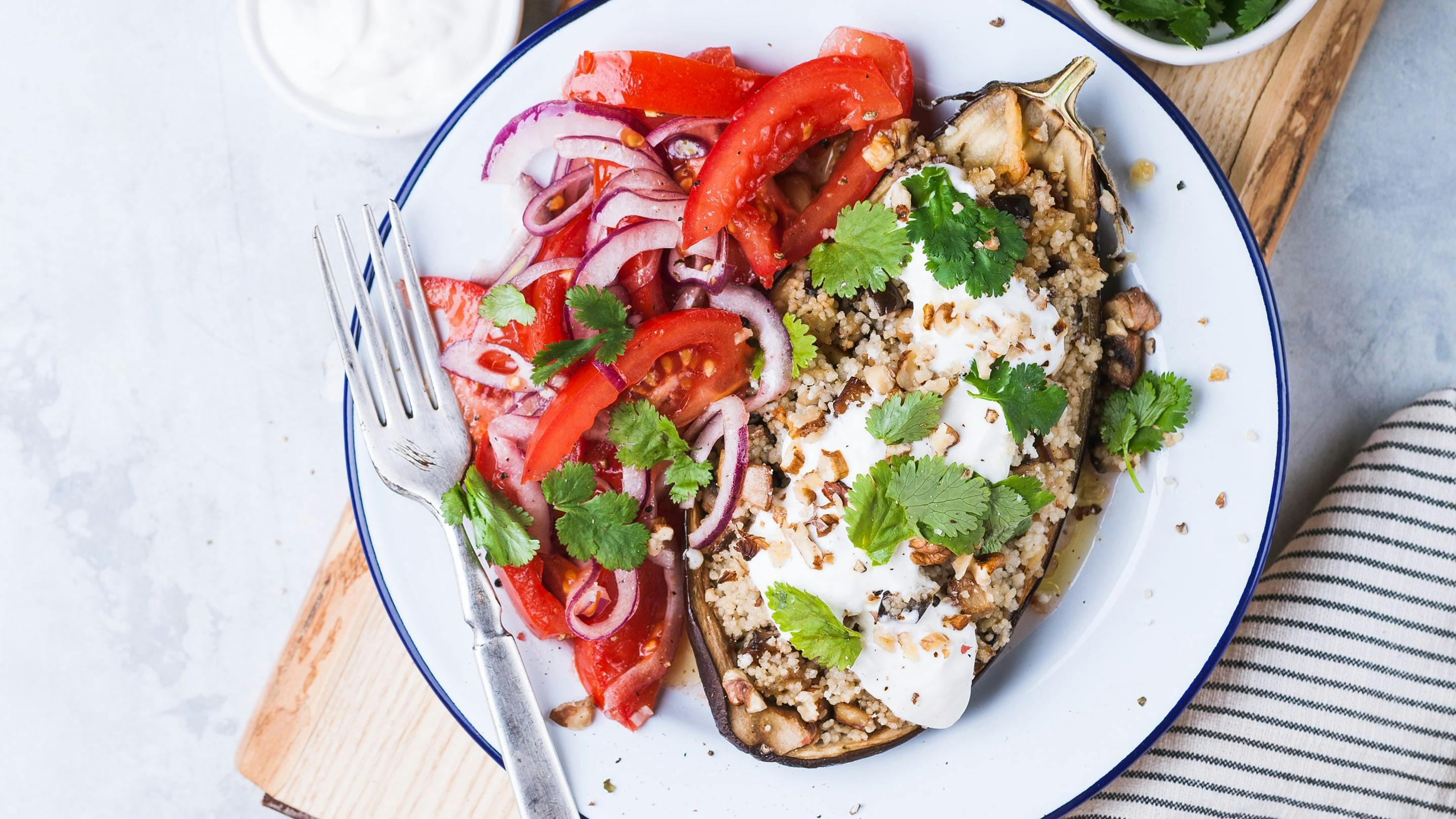
Risks of intermittent fasting
However, in certain life situations, intermittent fasting of any kind should be avoided. This includes pregnancy and breastfeeding, but also adolescent growth phases and eating disorders. If you are unsure whether intermittent fasting is right for you, it is best to speak to a doctor or experienced dietician in advance.
Intermittent fasting in practice
In the best case, meals eaten within 8 or 10 hours should be full of vitamins, minerals and fibre. They should contain lots of vegetables and fruit, lean protein and complex carbohydrates, as well as valuable essential fatty acids and little refined sugar.
In practice, you should make sure you have a balanced breakfast at 11 a.m., which consists, for example, porridge with fruit salad, as well as wholemeal bread topped with a hard-boiled egg and lots of vegetables. Around 3-4 p.m. you treat yourself to a handful of nuts and dried fruits with your afternoon coffee before enjoying a protein-rich dinner around 6-7 p.m. – for example, salmon with a colourful salad and sweet potatoes.
Herbs and spices for intermittent fasting
By the way: Herbs and spices are also allowed around the clock during intermittent fasting. They have no effect on blood sugar levels and can therefore be used as desired to season dishes, but also in homemade herbal teas. These can be safely drunk even during fasting, they warm you up from the inside and do not cause blood sugar levels to rise.
Get inspired
Currently Viewing: 1 of 0
Spice up the web! Share this article on...
Read more
Currently Viewing: 1 of

